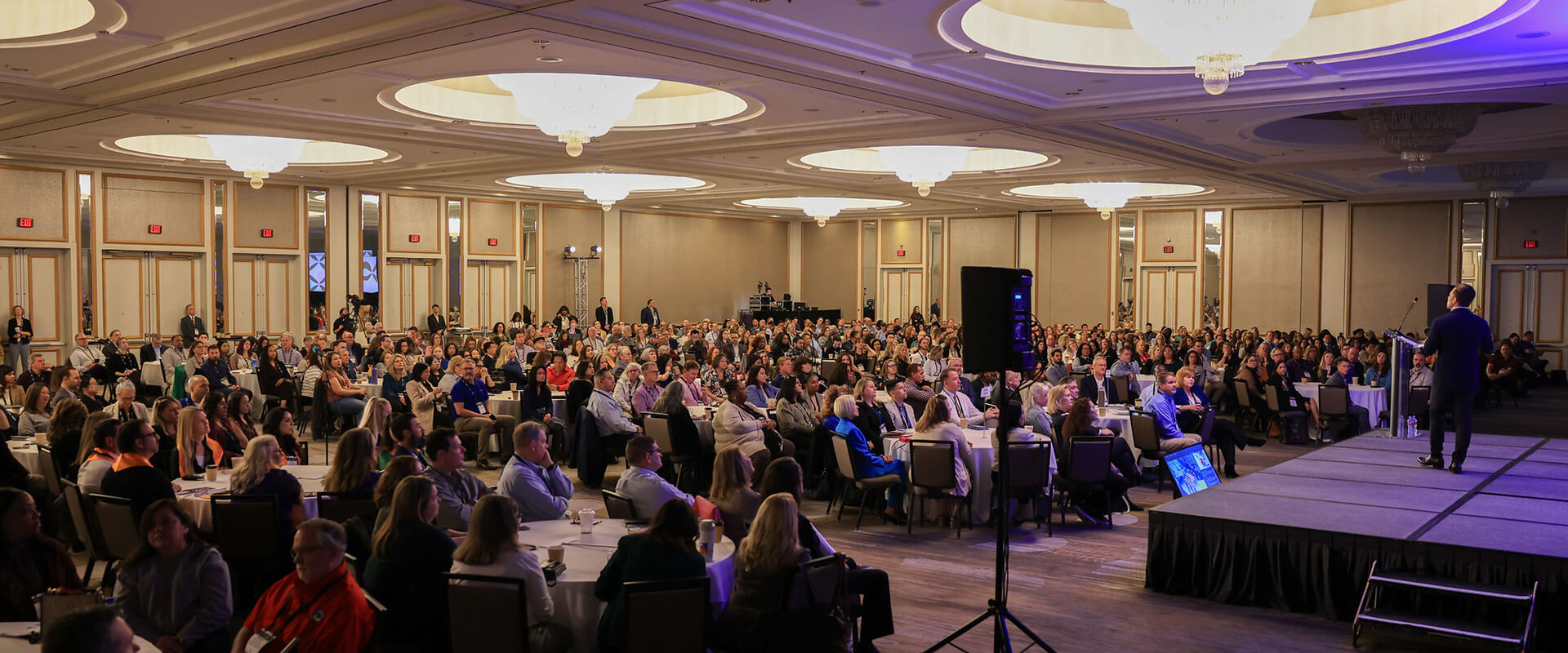Why Aren’t Cities Getting Ready for Autonomous Vehicles?
From the passenger’s perspective, ride-hailing services like Uber and Lyft offer a preview of what self-driving cars are supposed to deliver. You tap the button and summon a vehicle, and it takes you to your pre-entered destination. Yes, there’s a person in there, but now you can opt for a “quiet” ride, silencing the human who just happens to be sitting in the driver’s seat.
In New York City alone, more than than 620,000 daily trips are made like this. And, from what researchers have observed, the external impacts of this surge also hint at what the autonomous future has in store. In exchange for seamless, low-cost, car-based transport, cities across the U.S. are seeing congestion worsening, public transit ridership dipping, and more vehicle-miles wearing down roads—some of the worst-case stuff that futurists predict for when hailing a robo-car is even cheaper and easier.











